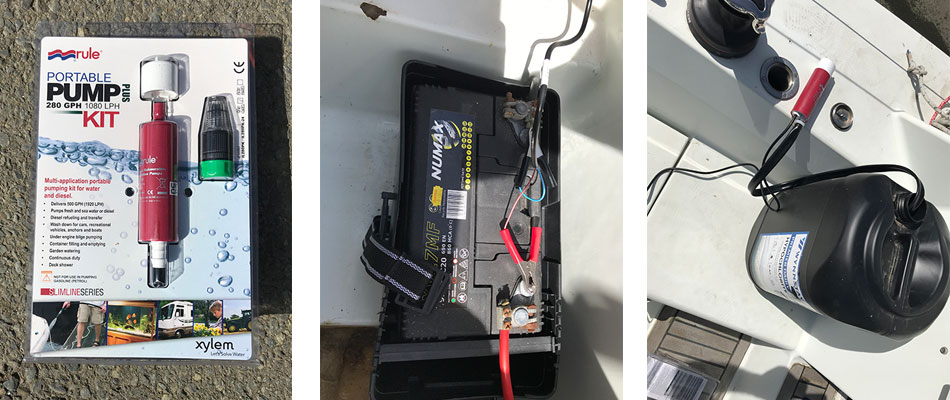Boat Fuel Tank Maintenance: Dealing with the dreaded diesel bug
In recent years, increasing levels of biofuel (fuel derived from biomass like plant material or animal waste) in diesel has led to more cases of diesel bug. Diesel bug outbreaks occur when microbial growth-containing organisms like bacteria, viruses and fungi, interface between water and diesel, creating a layer of slime that can bloom into a serious problem, gumming up fuel lines and filters. Once the microbial slime enters the fuel system, clean diesel also becomes contaminated, resulting in a serious risk of engine failure.
While diesel bug is a common issue, it can be prevented through proper maintenance of fuel systems. There is always the high possibility that diesel will mix with water to create the perfect breeding ground – tanks, at the very least, will suffer from condensation even if preventative measures are taken to stop water entering fuel lines. By keeping tanks topped off with clean diesel, the surface area in the tank where water can condense is significantly reduced, lessening the chance of microbial growth.
There are also plenty of commercial fuel treatments available to help reduce the impact of diesel bug once contamination has occurred.
Should you empty your diesel tank?
One of the most common issues that can impede diesel bug prevention, however, is diesel that has been mixed and left to lie in tanks for long periods of time. Because the age of the diesel is relatively unknown, seasonal boaters may not adhere to common standards and practices when it comes to cleaning fuel tanks. Most modern diesel has a reliable life of between 6 and 12 months only, but with a mix of diesel in the tank, this lifespan may not always be clear.
Diesel that has been left to sit for longer than its reliable life increases the chances of condensation and microbial growth. Most diesel tanks in small boats are between 6 and 13 gallons (25 and 50 litres) in capacity, and so there is a choice to be made between risking the high costs of an engine failure and subsequent remedial work, or simply pumping out all the fuel in the tank and starting with known clean diesel.
A submersible solution for fuel tank maintenance
One boat owner whose fuel was thought to be up to three years old decided to empty his tanks and start fresh with clean diesel. Using Xylem’s Rule Il280 inline pump, the boater was able to successfully empty the fuel tank of old diesel, and refuel with clean, fresh diesel. The centrifugal and submersible pump is capable of handling all kinds of fluids, including diesel, and comes equipped with 13 feet of lay flat hose, a nozzle and 13 feet of cable with crocodile clips.

The tank was emptied into a suitable container in just a few minutes, the diesel filters were replaced, and new fuel put in the tank, just in time for the new boating season.
*Please note that the Rule Il280 inline pump can be used for diesel, but it cannot be used for gasoline.

